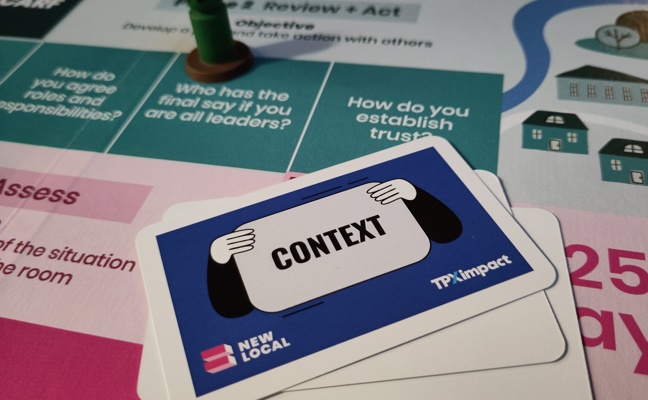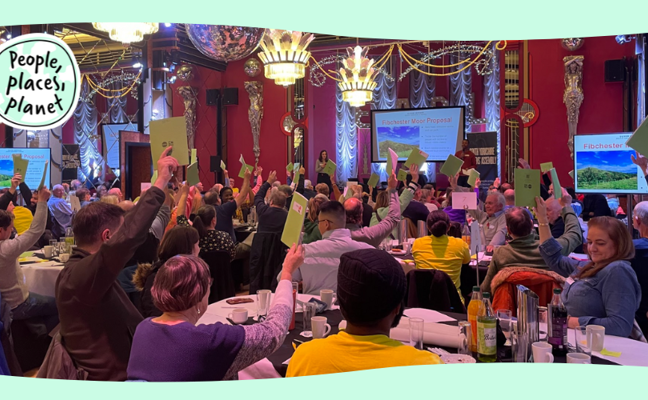Knowledge hub

Completing the first Leading Modern Public Services programme
30 January 2025 Design
We go through days four and five of the Leading Modern Public Services programme, co-run with the Centre for Digital Public Services,
Read more
Our response to the digital centre of government
22 January 2025 Technology & data
We share some thoughts on the new digital centre and its bold vision to reform services and improve collaboration and efficiency.
Read more
The role of play in building leadership skills
09 December 2024 Organisation strategy & design
How play can offer local government leaders a powerful tool to break free from rigid structures.
Read more
What we've learned about designing citizens' assemblies on climate change
23 January 2024 Community engagement
Hannah shares some learnings based on her experience designing citizens' assemblies on climate change, and how she’s implemented them recently in South Yorkshire
Read more
Rethinking transport for a digital age
13 November 2024 Delivery
Transforming transport with data-driven solutions is key to boosting connectivity, efficiency, and user experience in the transport sector.
Read more













